Misunderstandings in Canning: A Microbiologist’s Advice
This page may contain affiliate links. More Information.
Guest Post by Freda Bradely
This is a guest post about misunderstandings in canning by reader Freda Bradely. She brings up some good points, including some of the potential dangers associated with canning using the old methods. I thought I’d share it with you…and Freda agreed.
In the canning world, there seems to be a prevalence of misunderstandings where people use “Grandma’s techniques” or “Great Aunt Sally’s methods” from a couple of generations ago that are no longer safe. However, the misunderstanding is that since “Grandma” or “Great Aunt Sally” never got sick, that it’s still okay. Well, I was a microbiologist for years, and it is in that capacity that my experience in this area may help.
Now, in the microbiology lab, when we grow organisms on purpose, we create environments they LIKE and thrive in. One type of organisms are called “anaerobic” because they thrive in an environment devoid of oxygen. Now, those organisms thrive in the canning environment because we’re creating the very things they love (food and a lack of oxygen) within sealed canning jars, vacuum sealed bags, etc.
When we can food, regardless of methodology, we are using chemistry against microbes to ensure they don’t survive.
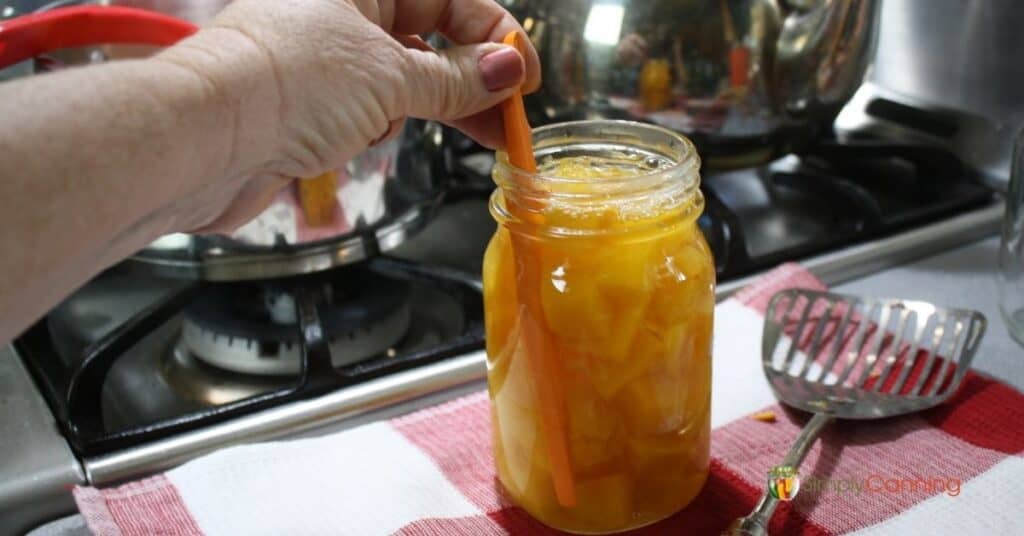
This Page Includes:
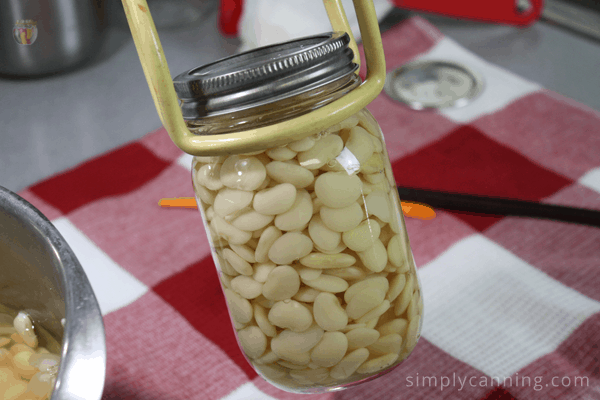
New Bacteria & Misunderstandings in Canning
Sadly, today, there are many more NEW bacteria that just did not exist in our grandmother’s day (or even in my MOTHER’S day). This is due to mutation and discovery of new species. The mutated bacteria are those that have changed due to the use of antibiotics, antibacterial soaps, spraying of veggies, groundwater contamination, and other unfavorable things to them….they don’t DIE; they just alter themselves instead. Some bacteria also are encapsulated. (Think: medication capsules…bacteria are encased in a protective shell.) These bacteria can live for centuries and millennia. In fact, they believe an encapsulated bacteria or virus is what caused King Tut’s Curse.
Now, how does that apply to canning? Well, many scientists and microbiologists team up every year to go over the NEW bacteria as well as the old ones and try to come up with the safest combination of heat, pressure, induction, conduction, and the like to kill these bacteria for safe home canning. Most of these testing techniques were not even available in your grandmother’s day. Most of these types of tests have been developed since latter 20th century (since about 1985 or so, actually) and so things your grandmother did were never tested similarly.
So, does that mean your grandma was wrong? Not necessarily, but she didn’t have these NEW bacteria to contend with, either. And the new bacteria are a bit more resilient than the ones of Grandma’s era.
In a canning jar, bacteria that lay dormant do not always show color changes, produce gases, produce odor, or become visible. They just lay around floating till exposed to the proper human host, then illness arrives. This is because the human body gave them the proper temperature and growing medium to become active once again. This can cause anything from a mild fever to botulism (rare), but we want to guard against it at all costs.
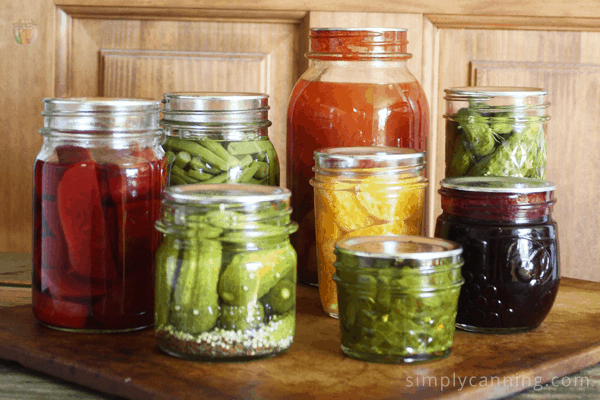
Then There’s the Acid
In our kitchen chemistry of canning, an ACIDIC food like tomatoes puts another layer into the chemistry–ACID. Acids are not all the same either in makeup or strength, which is why they no longer accept salicylic acid (aspirin) as an additive. Tomato acid is very different, so it is possible to water bath this particular vegetable. Even then, however, not all tomato recipes are preserved the same way, so you still need to read the CURRENT instructions for your specific recipe.
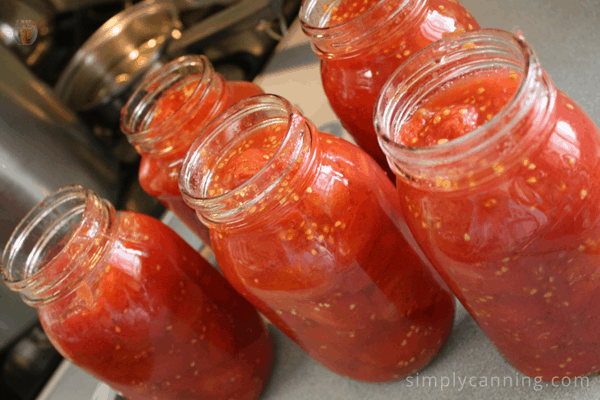
By contrast, green beans do not have that added acid, so additional measures must be taken, which is why the PRESSURE is needed to create additional chemical properties that kill the unwanted contaminants. The addition of pressure to our canners creates a much higher end result temperature than mere boiling alone, and thus creates yet another layer to our kitchen chemistry. This is often essential to the safe preservation of your food supply, so if it’s indicated…do not question it…just do it.
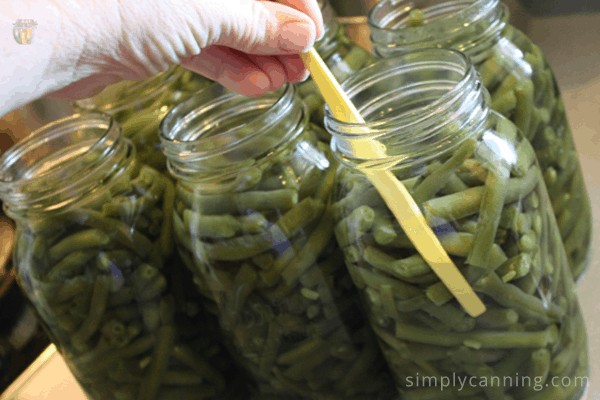
What About “Oven Canning”?
Another area that keeps circulating around the canning community is “oven canning.” [This is a method some people use to jar up dried foods like wheat, dry milk, etc.]
Oven canning is a misnomer. In Grandma’s day, SHE knew that oven canning and canning were not the same thing, but WE try to make them synonyms—and they’re not. Oven canning is not now, nor has it EVER been, canning.
What it actually IS, however, is a way to heat the rubber seal on the lid to a pliable state, raise the “air pressure” in the jar till some escapes, then as it cools, the outside air cannot re-enter the jar, and thus a type of vacuum seal is achieved by the rubber seal.
Now, this has many problems, not the least of which is that condensation, even if it not visible to the eye, can occur IN the jar due to the raising/lowering of the heat in the jar. Just think of your car windshield on a day when the spring temps are higher than normal, then around evening you get condensation on the car window…same principle here. (Again, it’s science…in this case, atmospheric science.) You’re creating a type of “fog” in the jar that can actually lead to mold spore production that you may never see.
There is evidence today that the hallucinations of the young girls during the Witchcraft era in Salem were caused by a mold spore in their rye. Clearly, we don’t need things like that again. Mold is a dangerous adversary. Don’t tempt fate here either. Oven canning IS NOT CANNING—it’s a method of sealing that has been proven time and again as potentially unsafe. Not worth it, especially when there are relatively inexpensive vacuum sealers out there.
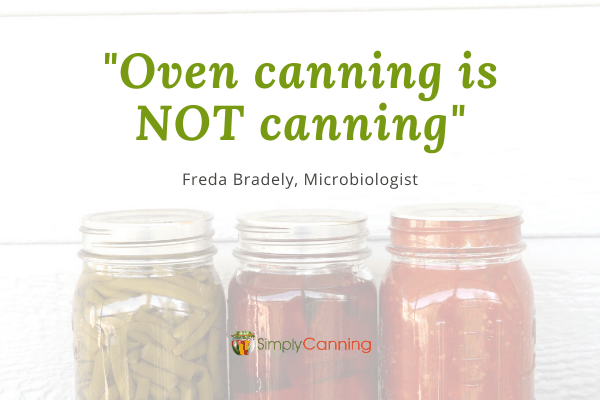
Is It Worth the Chance?
SO, as you can see, it’s not that your grandma is “wrong”, but rather that evolution of microbes and knowledge of microbes has taken place, and we NEED to add these measures to ensure product safety. While it is “potentially possible” that your area may be less affected by bacteria than mine, do you really want to take that chance? If you’re doing something “off the directive”, you truly ARE taking a chance since the home canner simply cannot know what type of bacteria they are potentially dealing with, and they are NOT the same as in “Grandma’s time.”
Let me give you a “real world” example. Just a few years after I began working in microbiology, the four species of Proteus changed to two and two more were given the new Genus of Providencia. This was back in the very early ’80s. So, you can imagine how many changes have taken place since then.
SO…take it from a microbiologist…just because a jar is sealed, and you’ve always done it this way, and you’ve never been sick…the microbes that mutate and change every year didn’t read your canning book.
ALSO…and this is EQUALLY IMPORTANT…BOIL all your product for at least 15-20 minutes after you dump it from the jar to cook (some people say less is ok, but I prefer to err on the side of how I’ve SEEN the bacteria killed in the lab, which is 15-20 minutes). IF there’s anything left, perhaps it will kill it off then (but it’s not guaranteed). Regardless, don’t EVER eat directly from a jar, just in case.
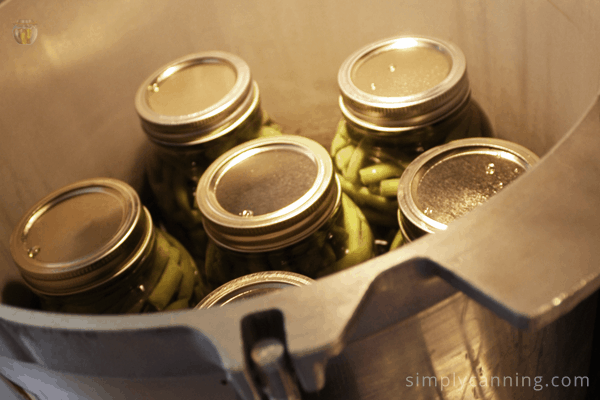
Note from Sharon
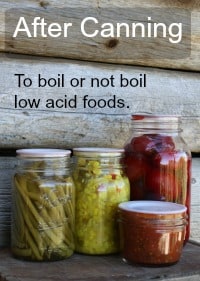
PLEASE NOTE – This issue seems to cause angst!
This is a guest post from Freda who has graciously offered her experiences. And it is a good post! Don’t worry, you don’t need to boil your jam or jelly or pickles. This boiling recommendation is for low-acid foods from a pressure canner. Boil any vegetables or meats. You do not need to boil foods like pickle and salsa recipes, jams, jellies, or fruits. That seems to be a misunderstanding in the article.
You need to decide if you will boil or not boil your foods. Here is a link to more information to help you make your decision: Home Canning: To Boil or Not?
Back to Freda’s Comments…
In Conclusion…
Okay, education session over. I hope I didn’t come across as “critical” because that wasn’t my intention. Not everyone is a microbiologist and, frankly, I personally feel that is where all these canning books fall short. They just don’t emphasize the microbial process nearly enough. Trust the professionals who do this for your benefit and just follow the new directives that come out every year. They’re the closest we have to a tested safety device out there.
Related Pages
Have you ever pulled a jar out of the canner that has lost quite a bit of liquid during processing? It happens to us all on occasion. What could be considered extreme liquid loss? SimplyCanning.com answers common newbie questions about liquid loss and safety.
You can read more about botulism here. Thankfully, it’s easy to prevent!
Clarification article to this one: Boiling low-acid foods prior to eating them – not during the processing. Let’s clear a few things up…
Pin This to Find Later!
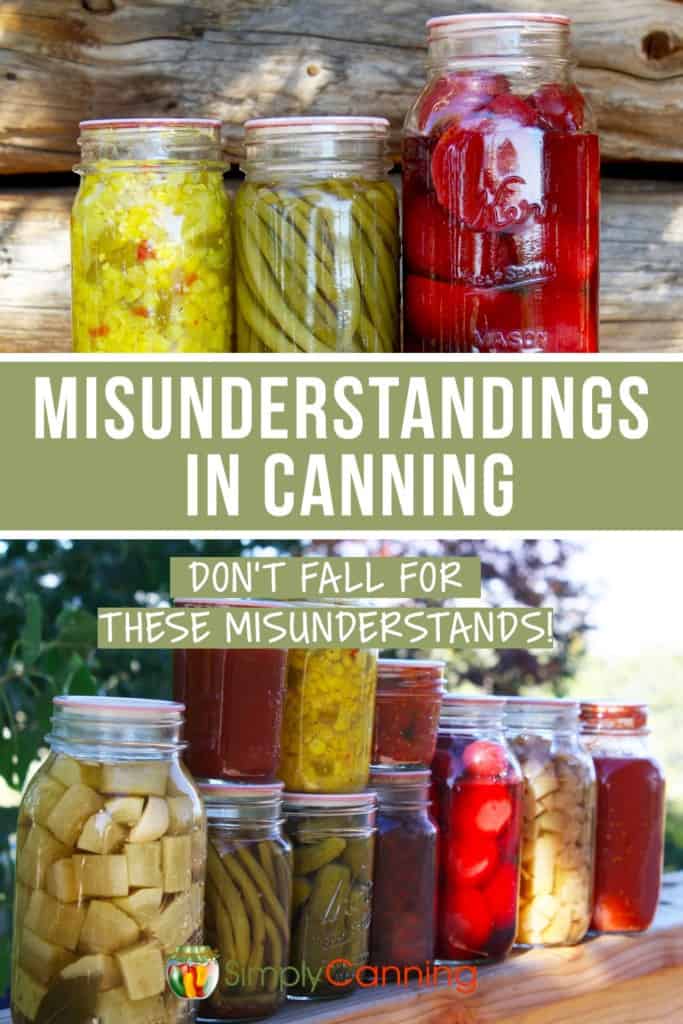
Page last updated: 10/21/2021

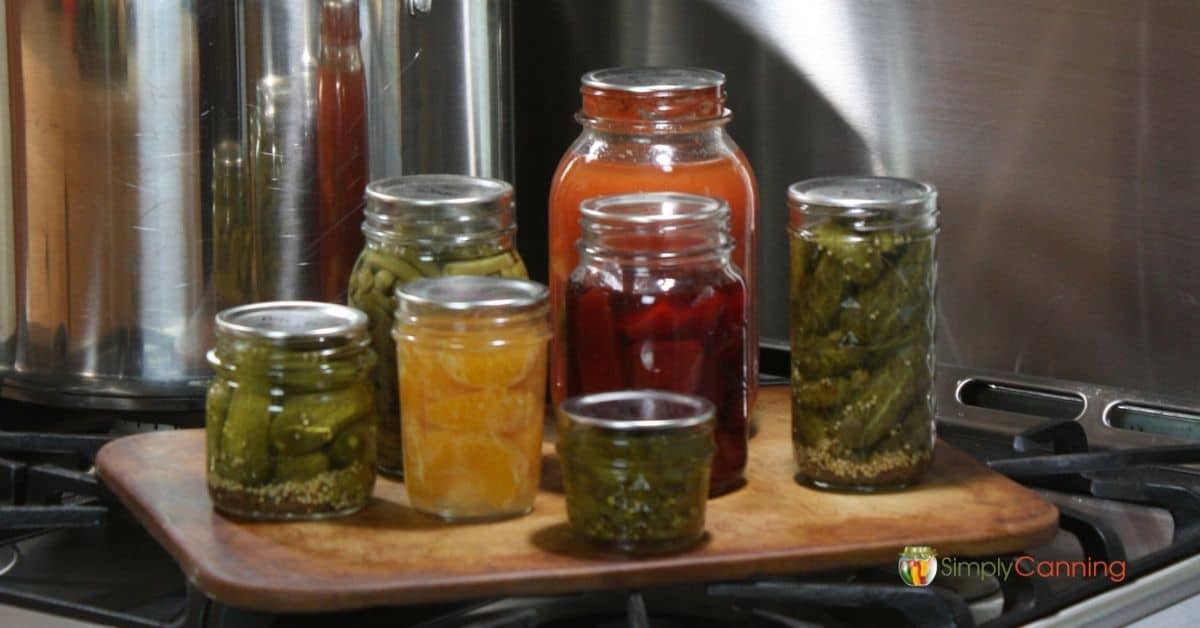
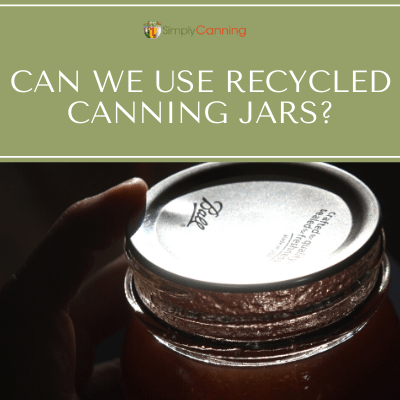
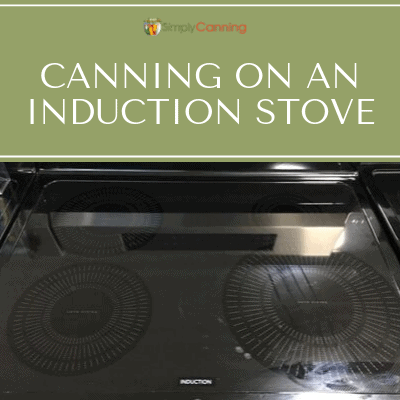
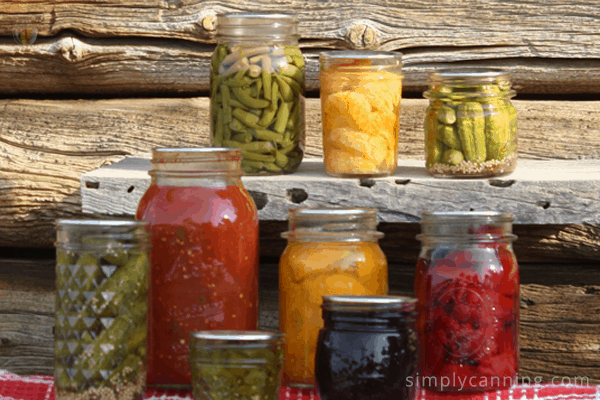
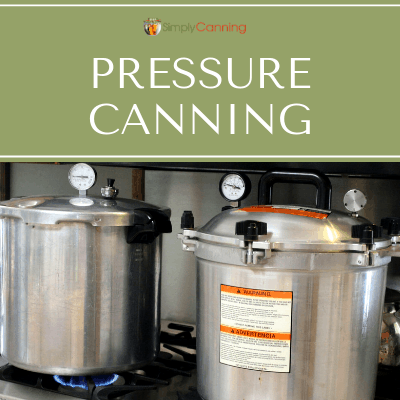
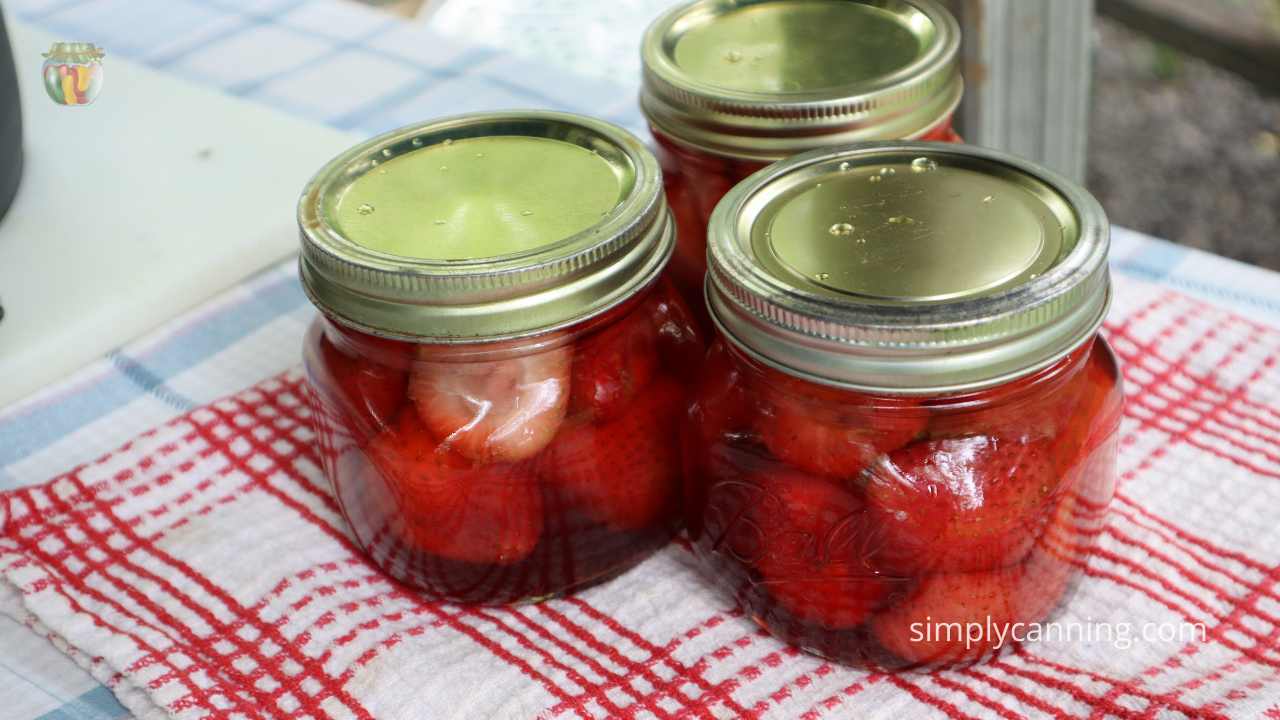
It has always amazed me that people will say “My Grandma taught me…”. This argument assumes two things. First: That we haven’t learned anything since 18 hundred and something when your Grandma’s Grandma’s Grandma learned how to do it and started passing the knowledge down. Second: That the world hasn’t changed changed in all that time. New bugs, mutated old ones, heck we’ve even cases of reemerging ancient ones from the thawing Permafrost. Everyone knows there are things in the air (It’s the basis of starting a Sourdough starter. We know the stories of people starting a decimating epidemic because… Read more »
Thank you for the voice of reason. Every time I see a YouTube video about “canning” butter, I just want to scream!
thank you !